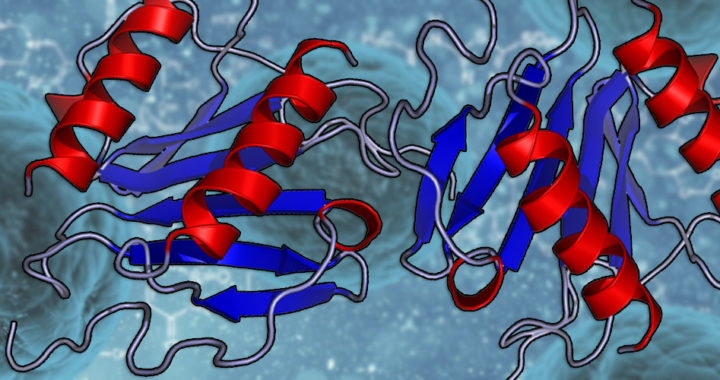Chemokines are small proteins that form a specific class or subgroup of signaling molecules called cytokines. Note that the word “chemokines” is a neologism for “chemotactic cytokines” coined in 1992 during the Third Symposium on Chemotactic Cytokines.
Note that “chemotaxis” pertains to the movement of an organism or cells in response to a chemical stimulus in a direction corresponding to a gradient of increasing or decreasing concentration of a particular substance.
They are essentially signaling molecules used by the body to direct the movement of cells. In their specific function as immunomodulating agents, they direct the movements of immune cells toward a particular area in the body that requires an immune response.
General Functions of Chemokines
More specifically, the purpose of these chemotactic cytokines is to act as a chemical attractant that would guide the movement or migration of cells. These cells specifically move in consideration of increasing chemokine concentration and further toward the source.
Explaining better the functions of these signaling molecules requires defining their two types based on functions. Take note of the following:
• Homeostatic Chemokines: Some of these proteins produced in the thymus and lymphoid tissues are categorized as homeostatic because of their involvement in controlling the migration of white blood cells or leukocytes during the normal process of tissue maintenance and development.
• Inflammatory Chemokines: Others are pro-inflammatory, and they form part of the innate immune response. They are produced and released during an infection or injury to recruit immune cells to the site that requires an immune response.
Other roles of certain types of chemokines include regulation of lymphoid organ development, control of thymus lymphocyte or T cell differentiation in the thymus gland, mediation of tumor cell metastasis, and, more recently, as neuromodulators of the nervous system.
Chemokines can also be categorized according to their structure or, in other words, based on the spacing of their first two cysteine residues. These are CC, CXC, C, and Cx3C chemokines. Furthermore, these four groups bind to specific types of chemokine receptors.
Role in Autoimmune and other Diseases
Nevertheless, despite being immunomodulating agents responsible for promoting innate and adaptive immune responses against pathological conditions, chemokines have been implicated in autoimmune diseases and other medical conditions.
Studies have shown that autoimmune conditions naturally involve a large expression of these signaling molecules. They are essentially responsible for orchestrating the recruitment, survival, expansion, effector function, and contraction of autoreactive white blood cells.
More specific research revealed that Interleukin-8 is critical to the recruitment of leukocytes in the intestinal mucosa of patients with Chron’s disease and ulcerative colitis. The expression of monocytic chemotactic proteins 1 and 3 are significant in these two autoimmune diseases.
Patients with diabetes also demonstrate an increased expression of specific chemokines such as macrophage inflammatory proteins Interferon-γ-Inducing Protein-10. However, the role of these proteins remains poorly understood.
In a condition called cytokine storm syndrome in which the immune system goes on an overdrive after the excessive release of cytokines, chemokines play a significant role in the massive recruitment of immune cells, as well as the further release of more cytokines.
FURTHER READINGS AND REFERENCES
- Morteau, O. 2006.”Chemokines.” In Encyclopedia of Respiratory Medicine. Elsevier. DOI: 1016/B0-12-370879-6/00461-0
- Mosser, B. & Willimann, K. 2004. “Chemokines: Role in Inflammation and Immune Surveillance.” Annals of the Rheumatic Disease. 63(Supp. 2): ii84-ii-89. DOI: 1136/ard.2004.028316
- Santamaria P. (2013). “Cytokines and Chemokines in Autoimmune Disease: An Overview.” In Madame Curie Bioscience Austin, TX: Landes Bioscience. Available online
- Yung, S. C. and Farber, J. M. 2013. “Chemokines.” In Handbook of Biologically Active Peptides. Academic Press. DOI: 1016/b978-0-12-385095-9.00089-0





